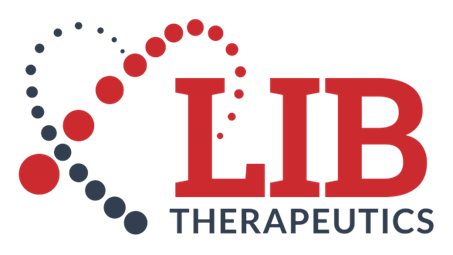| Trial | LAPLACE-TIMI 57 (LDL-C Assessment with Proprotein Convertase Subtilisin Kexin Type 9 Monoclonal Antibody Inhibition combined with statin therapy- Thrombolysis in Myocardial Infarction) trial. |
| Aim | To assess the efficacy, safety, and tolerability of evolocumab in stable patients with hypercholesterolaemia on a statin. |
| Study design | Multicentre, randomised, double-blind placebo-controlled, parallel group study. (Phase II dose-ranging study). |
| Patient population | Patients (aged 18-80 years) at 78 centres in the USA, Canada, Denmark, Hungary, and Czech Republic, with LDL-C >2·2 mmol/L (85 mg/dL) on a stable dose of atorvastatin (with or without ezetimibe) for at least 4 weeks.Patients (n=631) were randomly assigned to groups receiving doses of evolocumab, every 2 weeks (70 mg [n=79], 105 mg [n=79], 140 mg [n=78] vs placebo [n=78]) or very 4 weeks (280 mg [n=79], 350 mg [n=79], 420 mg [n=80] vs placebo [n=79]), compared with placebo. |
| Primary efficacy endpoint | Percentage change in LDL-C concentration from baseline after 12 weeks on study treatment. |
| Other endpoints |
|
| Key results | Efficacy: At the end of the dosing interval at week 12, the mean LDL-C concentrations were reduced generally dose dependently by evolocumab every 2 weeks (ranging from 41·8% to 66·1%; p<0·0001 for each dose vs placebo) and evolocumab every 4 weeks (ranging from 41·8% to 50·3%; p<0·0001).There were significant reductions from baseline at week 12 versus placebo for the absolute change in LDL-C and the percentage change in non-HDL-C and apoB, and ratios of TC/HDL-C and apoB/apoA-I (p<0·0001 for each dose vs placebo).
Safety: The most common adverse events were nasopharyngitis (10% with evolocumab vs 7% with placebo), cough (3% vs 2%], nausea (3% vs 0·6%) and injection site reactions (2% in each group). No patients developed anti-evolocumab antibodies, neutropenia, or vasculitis. No treatment-related serious adverse events occurred. The frequencies of treatment-related adverse events were similar in the evolocumab and placebo groups (39 [8%] of 474 vs 11 [7%] of 155); none of these events were severe or life-threatening. |
| Author conclusion | The results suggest that PCSK9 inhibition could be a new model in lipid management. Inhibition of PCSK9 warrants assessment in phase 3 clinical trials. |
| Link | Giugliano RP, Desai NR, Kohli P, et al. Lancet 2012;380(9858):2007-17.http://www.ncbi.nlm.nih.gov/pubmed/23141813
ClinicalTrials.gov number NCT01380730 |
| Trial | LAPLACE-TIMI 57 (LDL-C Assessment with Proprotein Convertase Subtilisin Kexin Type 9 Monoclonal Antibody Inhibition combined with statin therapy- Thrombolysis in Myocardial Infarction) trial. | ||||||||||||||
| Aim | To evaluate the impact of evolocumab on lipoprotein(a) [Lp(a)]. | ||||||||||||||
| Study design | Multicentre, randomised, double-blind placebo-controlled, parallel group study. (Phase II dose-ranging study). | ||||||||||||||
| Patient population | 631 patients with hypercholesterolaemia receiving statin therapy were randomised to receive evolocumab at 1 of 3 different doses every 2 weeks or 1 of 3 different doses every 4 weeks versus placebo. (Doses as in Giugliano RP et al. 2012, above). | ||||||||||||||
| Primary efficacy endpoint | Percentage change in Lp(a) concentration from baseline after 12 weeks on study treatment. | ||||||||||||||
| Key results | Efficacy:Compared with placebo, evolocumab reduced Lp(a) as follows:
|
||||||||||||||
| Author conclusion | Evolocumab significantly reduces Lp(a), by up to 32%, among subjects with hypercholesterolaemia receiving statin therapy, offering an additional, complementary benefit beyond robust LDL-C reduction with regard to a patient's atherogenic lipid profile. | ||||||||||||||
| Link | Desai NR, Kohli P, Giugliano RP, et al. Circulation 2013; 128(9): 962-9.http://www.ncbi.nlm.nih.gov/pubmed/23884353
ClinicalTrials.gov number NCT01380730 |








